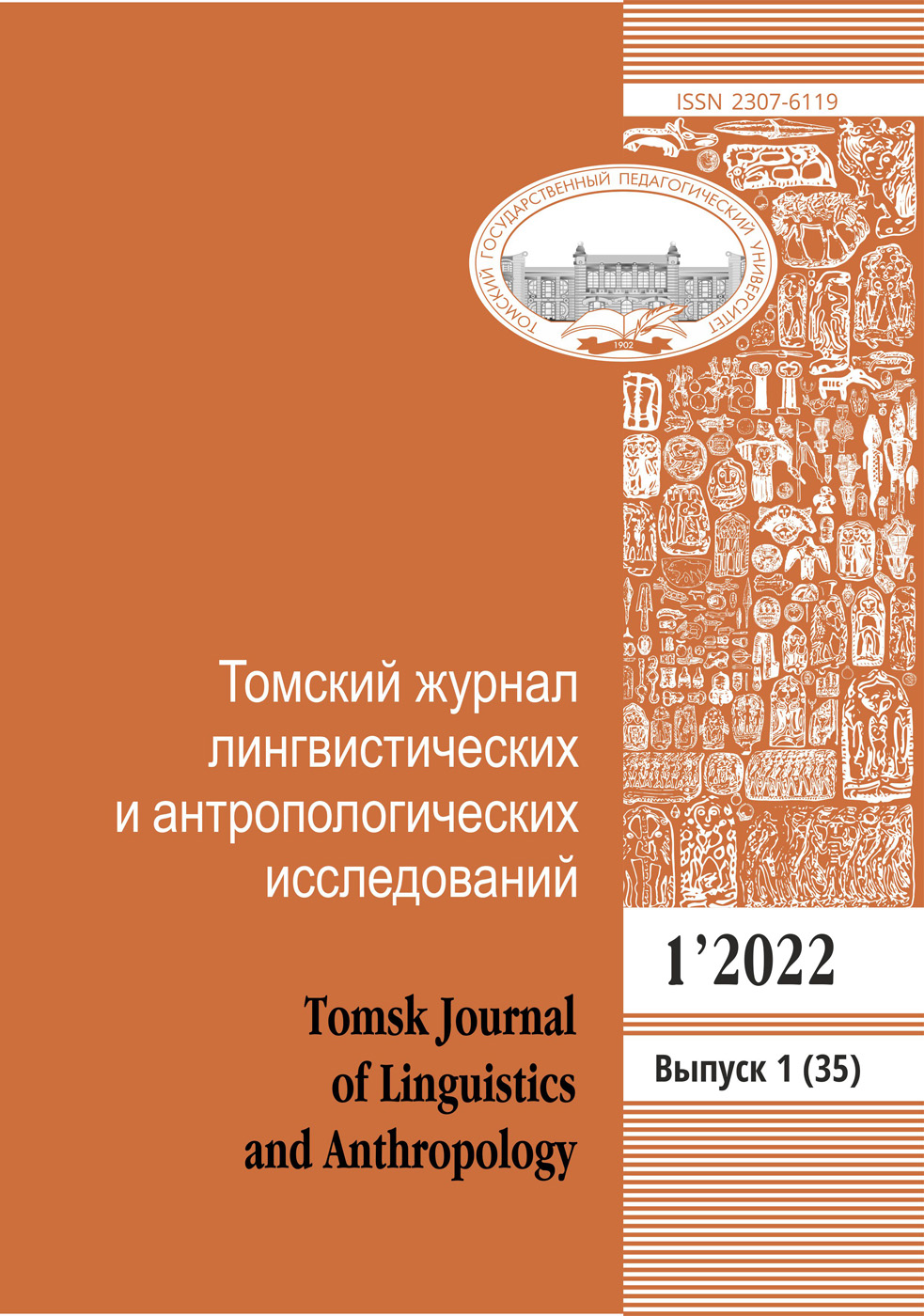Search
| # | Search | Downloads | ||||
|---|---|---|---|---|---|---|
| 1 | The image is not an exact copy of a historical object. It represents its structural equivalent in one or another pictorial expression, which historians often do not notice or ignore. Therefore, in history, due to the lack of a proper research methodology, graphics are the visual support of the text that enhances the text’s perception and attractiveness. The aim of this publication is, based on the method of structural analysis of image elements, to show the depth of the informative potential of graphic works with, at first glance, “doubtful” reliability. The object of analysis is View of the Port of Odessa by Louis Garneray. This work is full of symbols, metaphors, allegories due to the fact that it was created on the basis of oral recollections of European sailors who once visited the port of Odessa. The analyzed work is a set of staffage and entourage elements that are of secondary importance in other work of arts. Seven plot elements were identified, which carry indexing and symbolic information about Odessa. Compositionally, these elements make up three parts: the foreground “Cape Fontan” (a lighthouse and a cape, walking people), the middle plan “Bay” (ships, Odessa Harbour), and the background “Mainland” (city, mountain range, bastions). For Europeans, Odessa was a typical, but important commercial, military and economic Mediterranean city. The main stereotypes about Odessa were its localization in the highlands and excessive fortifications. The actual Odessa markers were the Holy Transfiguration Cathedral, the lighthouse at Cape Fontan, as well as the multi-ethnicity of the population. Keywords: Odessa, visual source, informative potential, plot structure, stereotype, staffage, entourage | 808 | ||||










